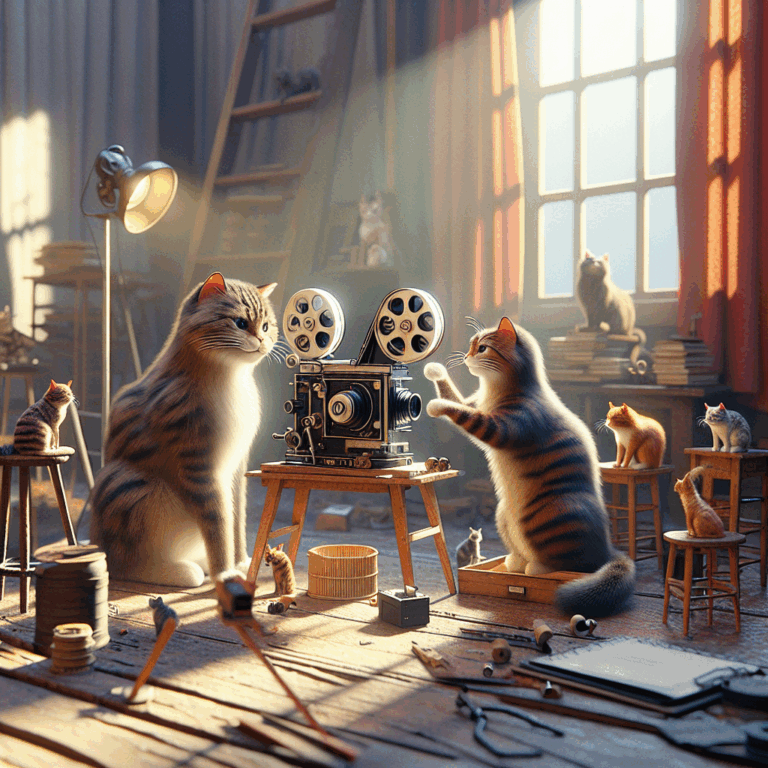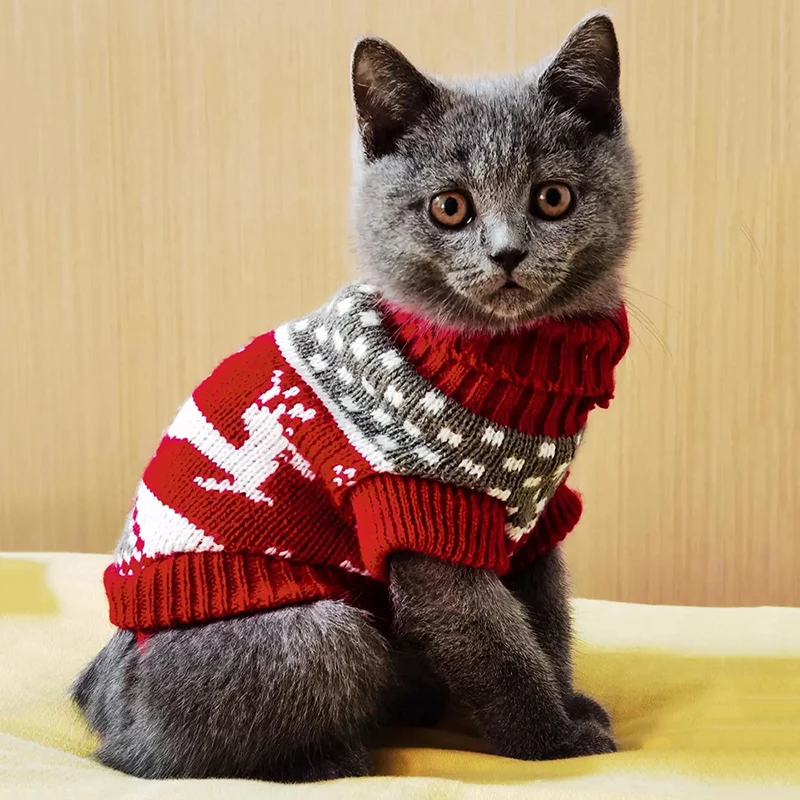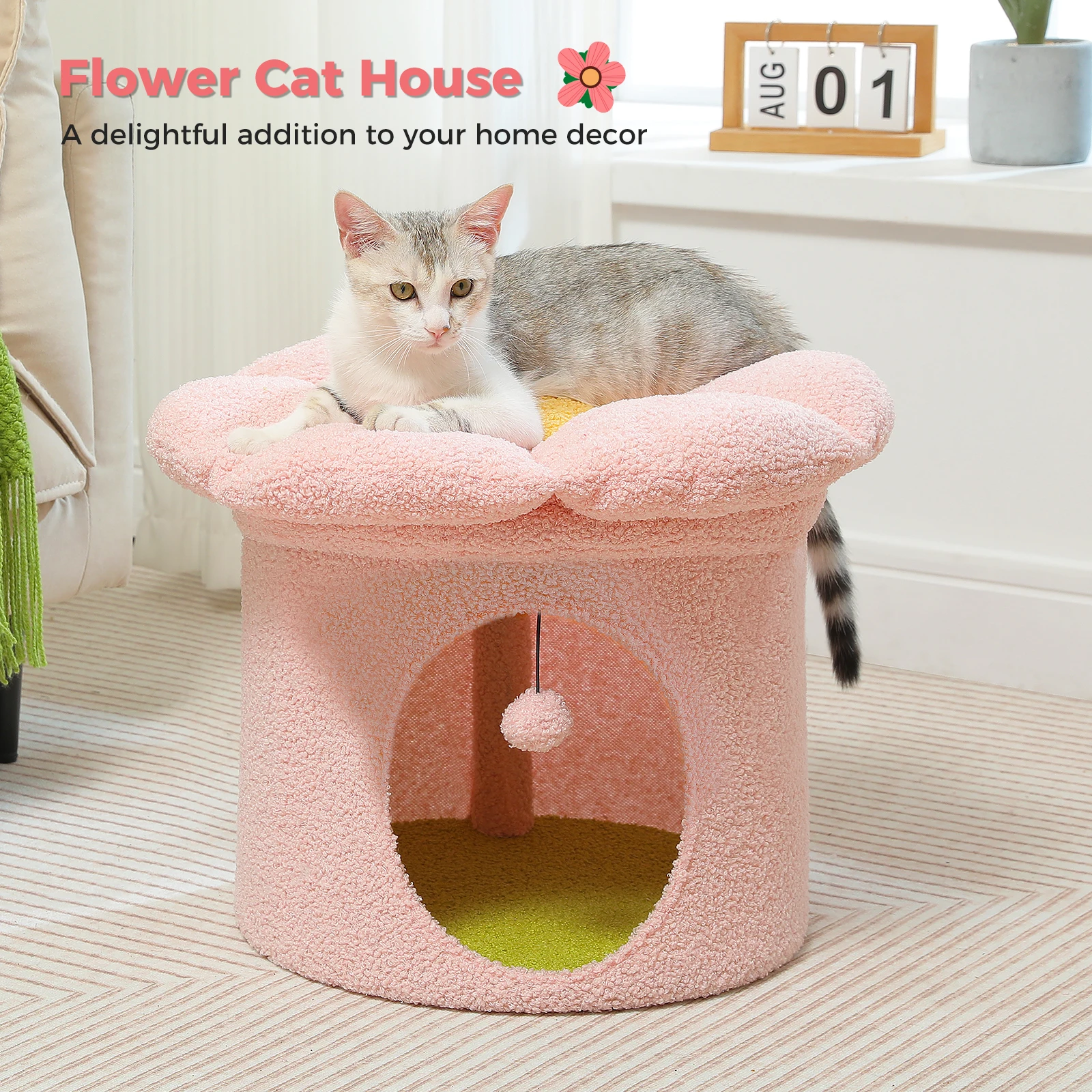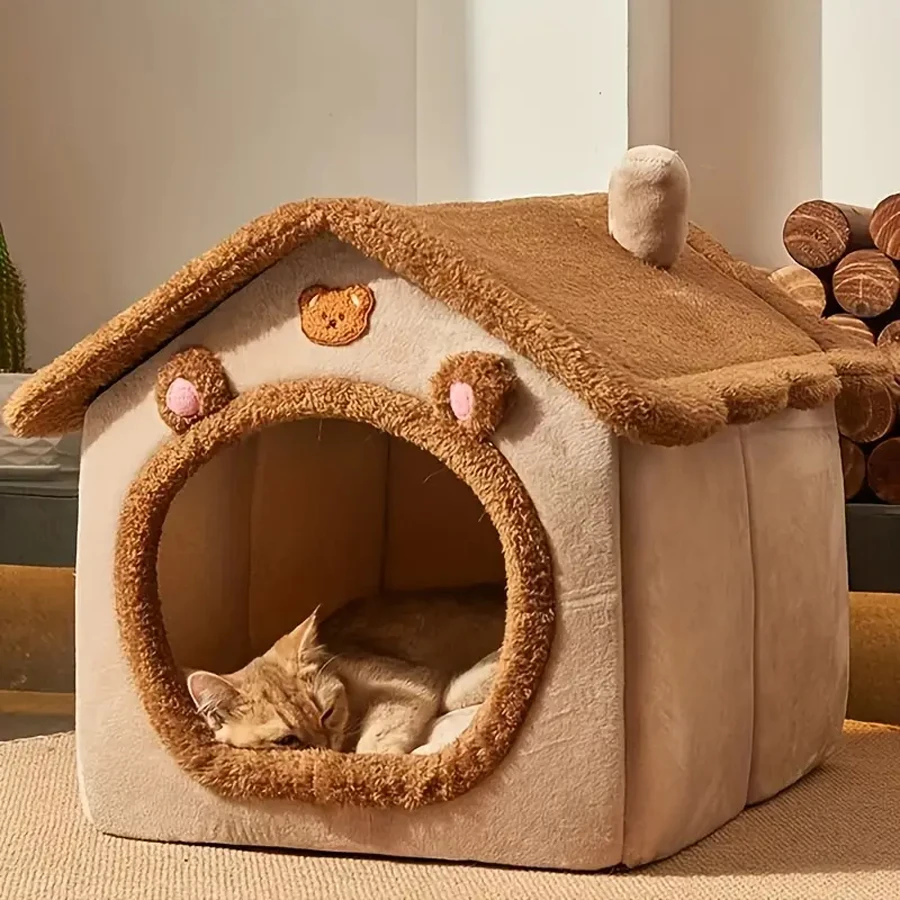The Feline Innovators of Film and Media: Cats and Their Prowess in Shaping Entertainment
- No Comments
In the world of film and media, the presence of cats has been a constant source of fascination and inspiration. These enigmatic creatures, often shrouded in mystery and allure, have carved a niche for themselves not just as adorable protagonists but as powerful symbols and characters that drive narratives and captivate audiences worldwide. From early cinema to modern blockbusters, cats have played an integral role in the evolution of entertainment, influencing both the thematic elements and the artistic direction of films and media content.
The silent film era saw the emergence of cats as iconic figures, with their presence serving as a metaphor for independence and intrigue. Films like “The Black Cat” from 1934, inspired by Edgar Allan Poe’s short story, tapped into the mystery and suspense that feline characters could convey. This early depiction paved the way for more nuanced portrayals, as filmmakers began realizing the potential of cats to embody a range of emotions and themes, from comedic relief to sinister adversaries.
In contemporary cinema, cats have continued to enchant audiences, often stealing the spotlight from their human counterparts. Animated classics such as Disney’s “The Aristocats” and DreamWorks’ “Puss in Boots” have immortalized feline characters in the hearts of viewers, showcasing their agility, charm, and wit. These films not only highlight the visual appeal of cats but also delve into the complexities of their personalities, offering rich storytelling opportunities that resonate with audiences across generations.
Beyond feature films, cats have also found a prominent place in television and digital media. Series like “Sabrina the Teenage Witch” and its more recent counterpart, “Chilling Adventures of Sabrina,” feature cats as companions with supernatural abilities, illustrating their versatility as characters that can embody both the mundane and the magical. Meanwhile, the internet has given rise to a new wave of feline stars, with platforms like YouTube and Instagram propelling cats to viral fame. Figures such as Grumpy Cat and Lil Bub have transcended traditional media boundaries, becoming cultural icons and influencing trends in digital content creation.
The influence of cats on film and media extends beyond their roles as characters. Their presence often dictates artistic choices and thematic directions, with their fluid grace and enigmatic aura being a source of inspiration for cinematographers and directors alike. The use of lighting, shadow, and sound in films featuring cats often mirrors the mysterious and unpredictable nature of these animals, enhancing the overall cinematic experience.
Moreover, cats have played a significant role in the global cultural exchange, with their portrayals in international cinema reflecting diverse cultural attitudes and interpretations. In Japanese anime, for example, cats are often depicted as wise and mystical creatures, as seen in Studio Ghibli’s “The Cat Returns,” where they embody a blend of traditional folklore and modern storytelling.
As film and media continue to evolve, the role of cats within these industries is likely to grow alongside technological advancements. The advent of CGI and realistic animation techniques has opened new possibilities for the depiction of feline characters, allowing for even more intricate and lifelike portrayals. This technological progression promises to push the boundaries of how cats are represented, offering filmmakers and content creators endless opportunities to explore the depths of their symbolic and narrative potential.
In essence, the impact of cats on film and media is a testament to their enduring appeal and versatility. As both subjects and symbols, they have enriched countless narratives, providing an endless well of inspiration for creators and a source of wonder for audiences. As the landscape of entertainment continues to shift, one thing remains certain: cats will always find a way to leave their pawprints on the world of cinema and beyond.

In the world of film and media, the presence of cats has been a constant source of fascination and inspiration. These enigmatic creatures, often shrouded in mystery and allure, have carved a niche for themselves not just as adorable protagonists but as powerful symbols and characters that drive narratives and captivate audiences worldwide. From early cinema to modern blockbusters, cats have played an integral role in the evolution of entertainment, influencing both the thematic elements and the artistic direction of films and media content.
The silent film era saw the emergence of cats as iconic figures, with their presence serving as a metaphor for independence and intrigue. Films like “The Black Cat” from 1934, inspired by Edgar Allan Poe’s short story, tapped into the mystery and suspense that feline characters could convey. This early depiction paved the way for more nuanced portrayals, as filmmakers began realizing the potential of cats to embody a range of emotions and themes, from comedic relief to sinister adversaries.
In contemporary cinema, cats have continued to enchant audiences, often stealing the spotlight from their human counterparts. Animated classics such as Disney’s “The Aristocats” and DreamWorks’ “Puss in Boots” have immortalized feline characters in the hearts of viewers, showcasing their agility, charm, and wit. These films not only highlight the visual appeal of cats but also delve into the complexities of their personalities, offering rich storytelling opportunities that resonate with audiences across generations.
Beyond feature films, cats have also found a prominent place in television and digital media. Series like “Sabrina the Teenage Witch” and its more recent counterpart, “Chilling Adventures of Sabrina,” feature cats as companions with supernatural abilities, illustrating their versatility as characters that can embody both the mundane and the magical. Meanwhile, the internet has given rise to a new wave of feline stars, with platforms like YouTube and Instagram propelling cats to viral fame. Figures such as Grumpy Cat and Lil Bub have transcended traditional media boundaries, becoming cultural icons and influencing trends in digital content creation.
The influence of cats on film and media extends beyond their roles as characters. Their presence often dictates artistic choices and thematic directions, with their fluid grace and enigmatic aura being a source of inspiration for cinematographers and directors alike. The use of lighting, shadow, and sound in films featuring cats often mirrors the mysterious and unpredictable nature of these animals, enhancing the overall cinematic experience.
Moreover, cats have played a significant role in the global cultural exchange, with their portrayals in international cinema reflecting diverse cultural attitudes and interpretations. In Japanese anime, for example, cats are often depicted as wise and mystical creatures, as seen in Studio Ghibli’s “The Cat Returns,” where they embody a blend of traditional folklore and modern storytelling.
As film and media continue to evolve, the role of cats within these industries is likely to grow alongside technological advancements. The advent of CGI and realistic animation techniques has opened new possibilities for the depiction of feline characters, allowing for even more intricate and lifelike portrayals. This technological progression promises to push the boundaries of how cats are represented, offering filmmakers and content creators endless opportunities to explore the depths of their symbolic and narrative potential.
In essence, the impact of cats on film and media is a testament to their enduring appeal and versatility. As both subjects and symbols, they have enriched countless narratives, providing an endless well of inspiration for creators and a source of wonder for audiences. As the landscape of entertainment continues to shift, one thing remains certain: cats will always find a way to leave their pawprints on the world of cinema and beyond.








